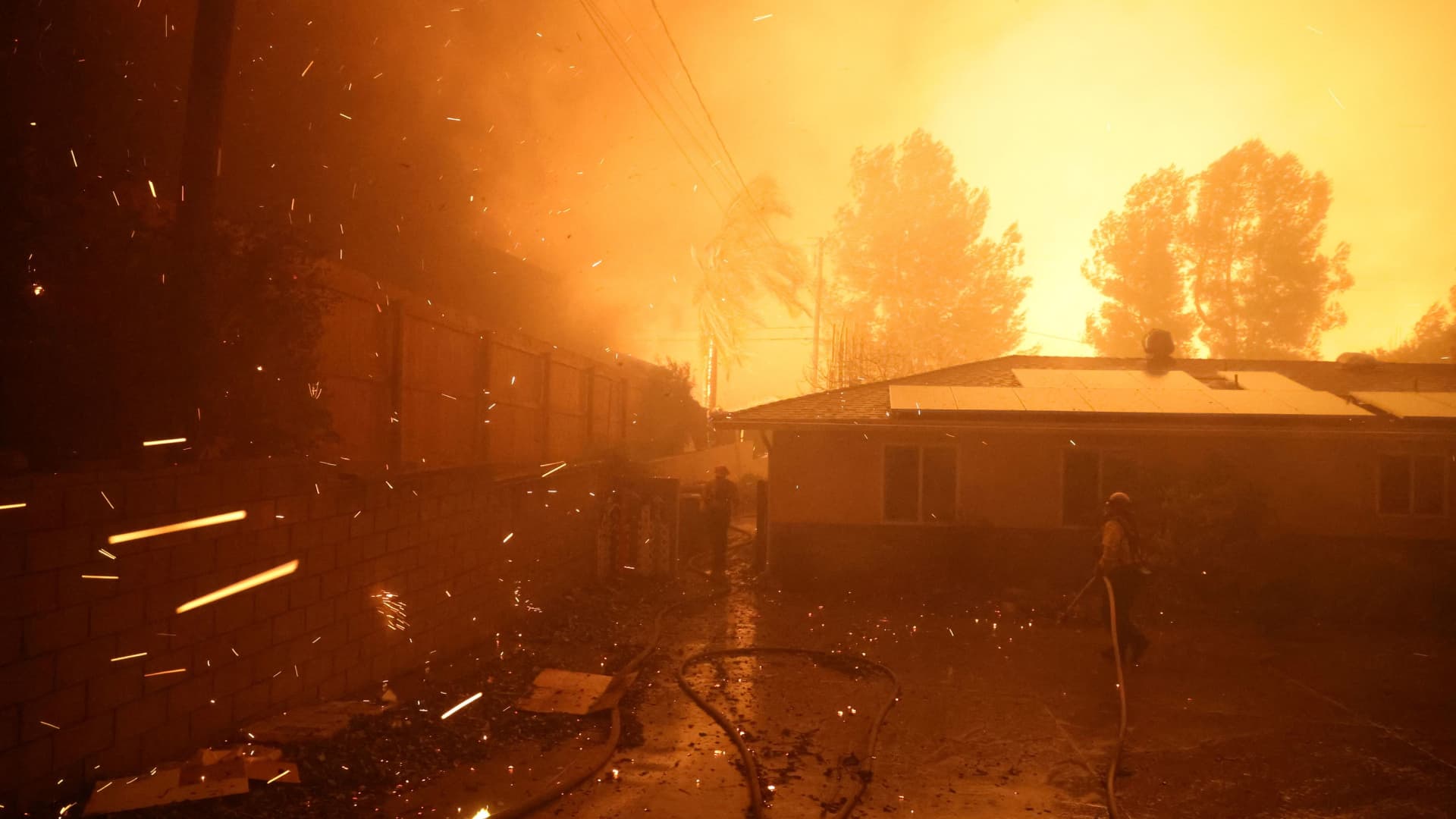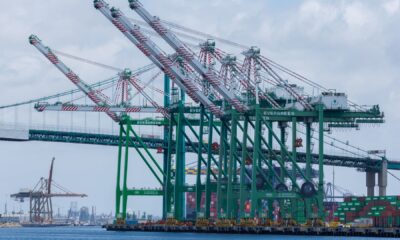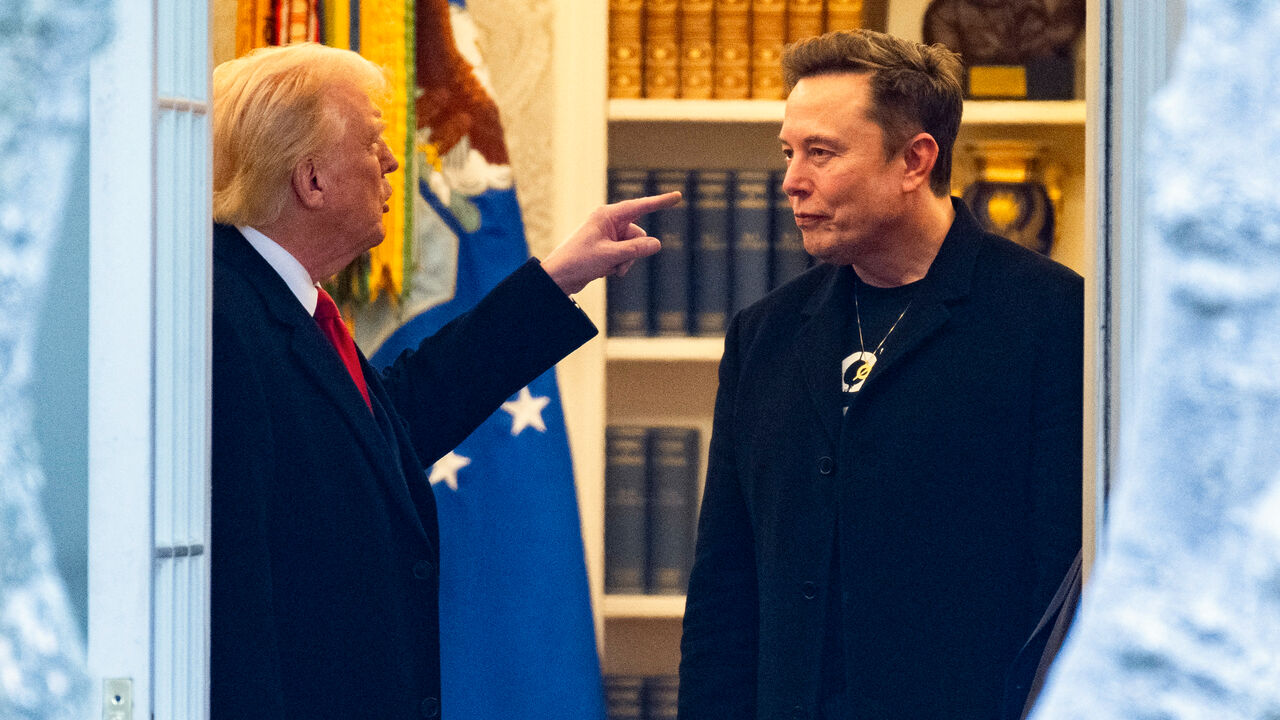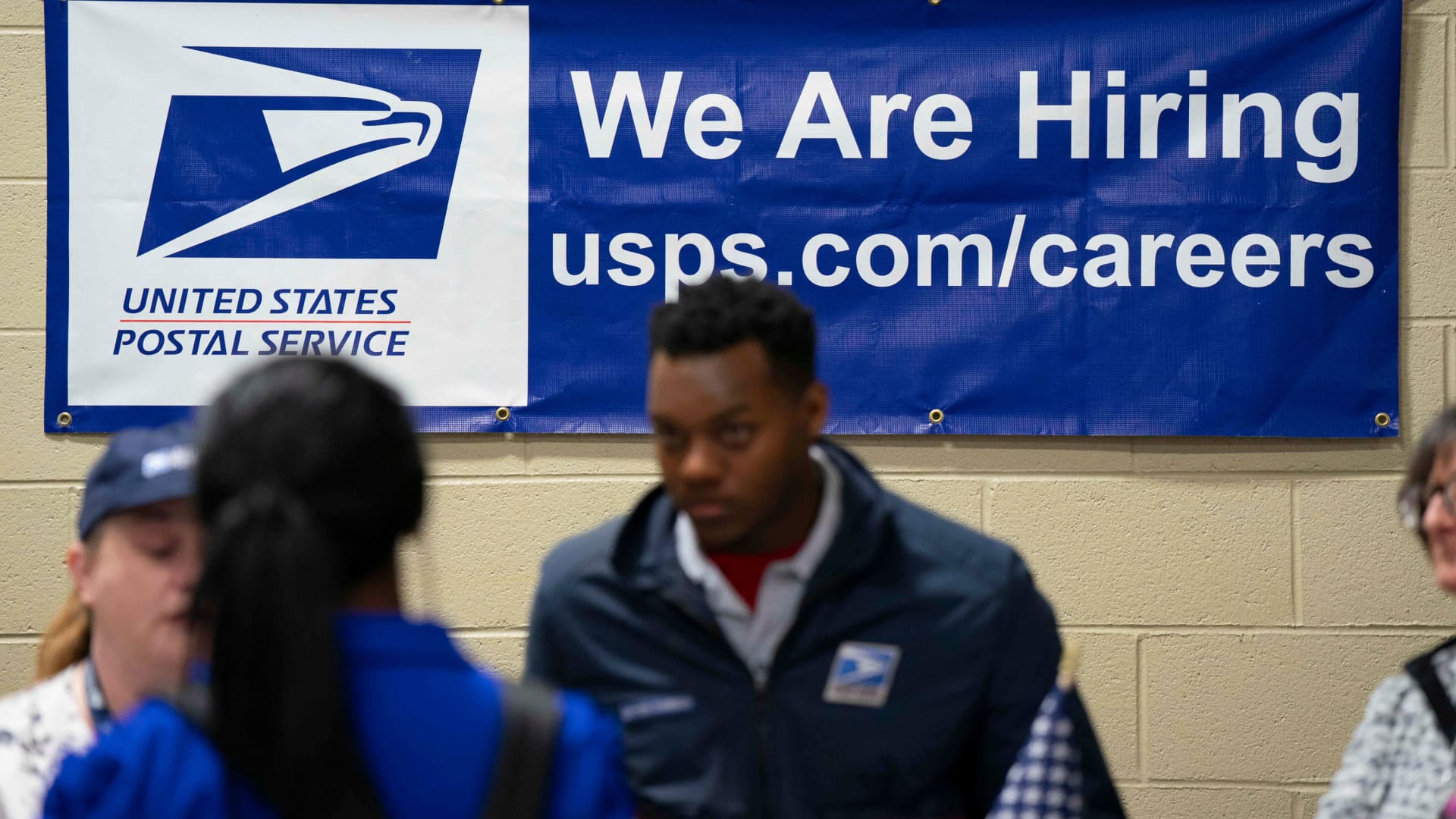Climate-related natural disasters are driving up insurance costs for homeowners in the most-affected regions, according to a Treasury Department report released Thursday.
In a voluminous study covering 2018-22 and including some data beyond that, the department found that there were 84 disasters costing $1 billion or more, excluding floods, and that they caused a combined $609 billion in damages. Floods are not covered under homeowner policies.
During the period, costs for policies across all categories rose 8.7% faster than the rate of inflation. However, the burden went largely to those living in areas most hit by climate-related events.
For consumers living in the 20% of zip codes with the highest expected annual losses, premiums averaged $2,321, or 82% more than those living in the 20% of lowest-risk zip codes.
“Homeowners insurance is becoming more costly and less accessible for consumers as the costs of climate-related events pose growing challenges to both homeowners and insurers alike,” said Nellie Liang, undersecretary of the Treasury for domestic finance.
The report comes as rescue workers continue to battle raging wildfires in the Los Angeles area. At least 25 people have been killed and 180,000 homeowners have been displaced.
Treasury Secretary Janet Yellen said the costs from the fires are still unknown, but noted that the report reflected an ongoing serious problem. During the period studied, there was nearly double the annual total of disasters declared for climate-related events as in the period of 1960-2010 combined.
“Moreover, this [wildfire disaster] does not stand alone as evidence of this impact, with other climate-related events leading to challenges for Americans in finding affordable insurance coverage – from severe storms in the Great Plans to hurricanes in the Southeast,” Yellen said in a statement. “This report identifies alarming trends of rising costs of insurance, all of which threaten the long-term prosperity of American families.”
Both homeowners and insurers in the most-affected areas were paying in other ways as well.
Nonrenewal rates in the highest-risk areas were about 80% higher than those in less-risky areas, while insurers paid average claims of $24,000 in higher-risk areas compared to $19,000 in lowest-risk regions.
In the Southeast, which includes states such as Florida and Louisiana that frequently are slammed by hurricanes, the claim frequency was 20% higher than the national average.
In the Southwest, which includes California, wildfires tore through 3.3 million acres during the time period, with five events causing more than $100 million in damages. The average loss claim was nearly $27,000, or nearly 50% higher than the national average. Nonrenewal rates for insurance were 23.5% higher than the national average.
The Treasury Department released its findings with just three days left in the current administration. Treasury officials said they hope the administration under President-elect Donald Trump uses the report as a springboard for action.
“We certainly are hopeful that our successors stay focused on this issue and continue to produce important research on this issue and think about important and creative ways to address it,” an official said.

 Blog Post7 days ago
Blog Post7 days ago
 Economics1 week ago
Economics1 week ago
 Personal Finance1 week ago
Personal Finance1 week ago
 Personal Finance1 week ago
Personal Finance1 week ago
 Accounting1 week ago
Accounting1 week ago
 Finance1 week ago
Finance1 week ago
 Finance1 week ago
Finance1 week ago
 Accounting1 week ago
Accounting1 week ago





















